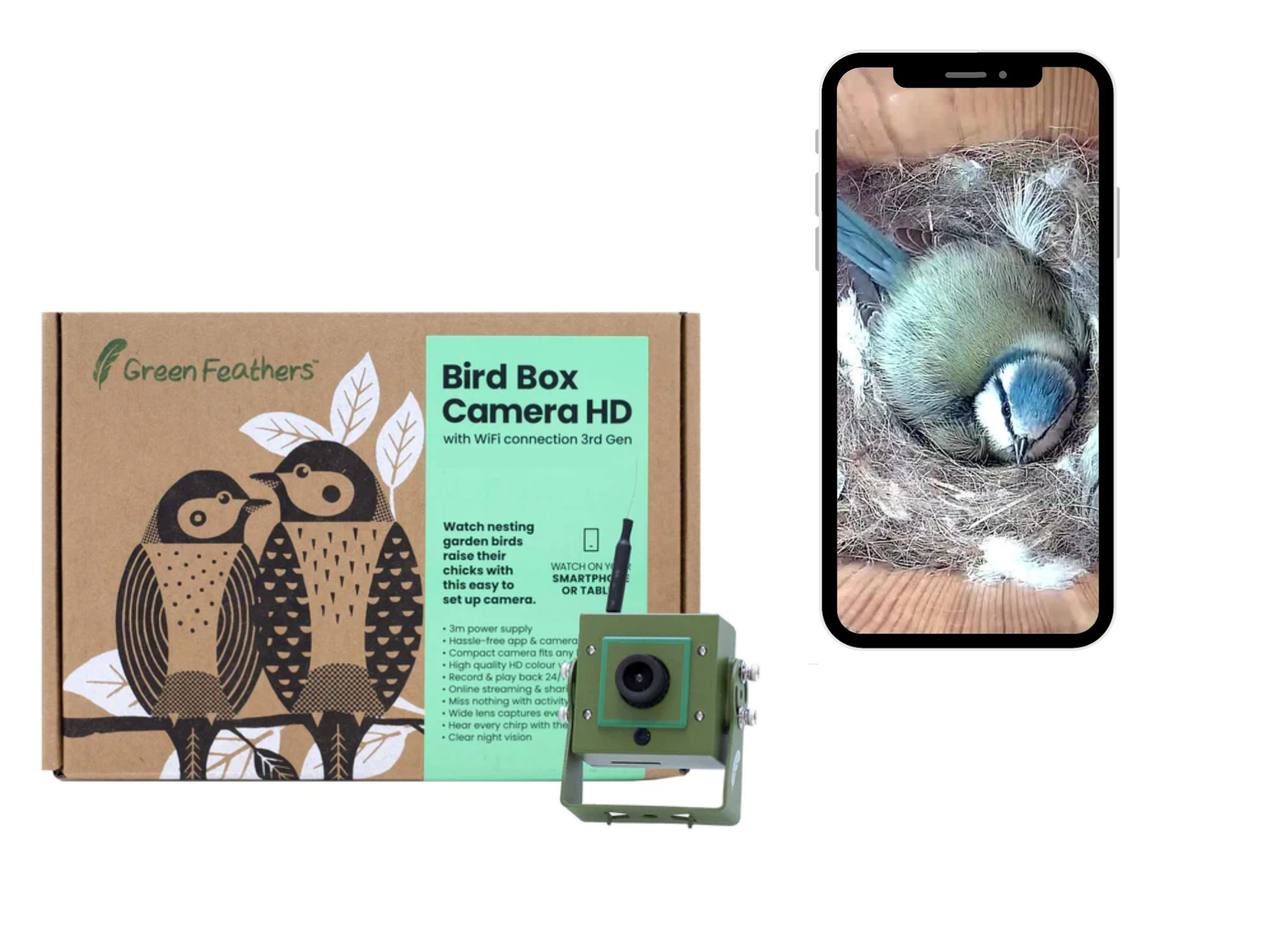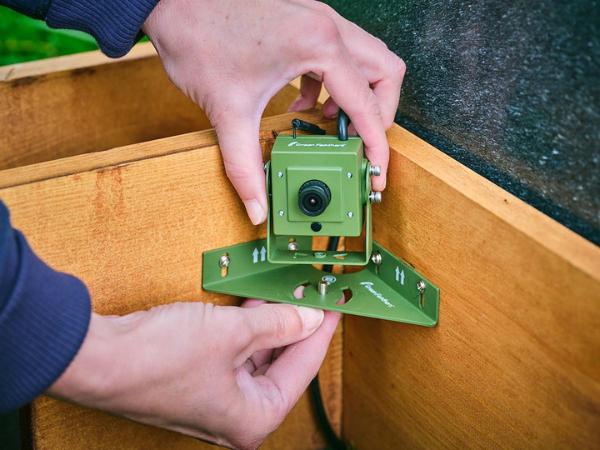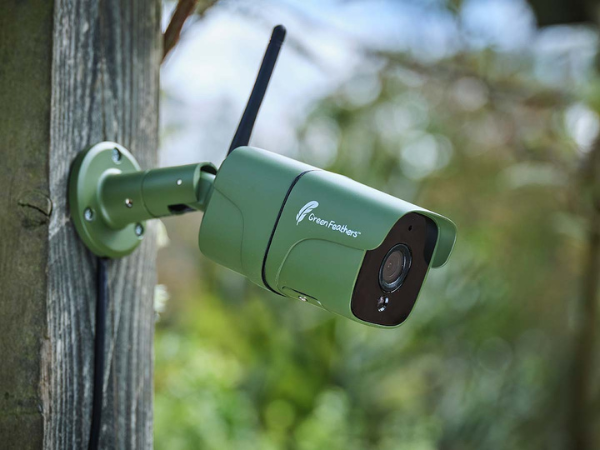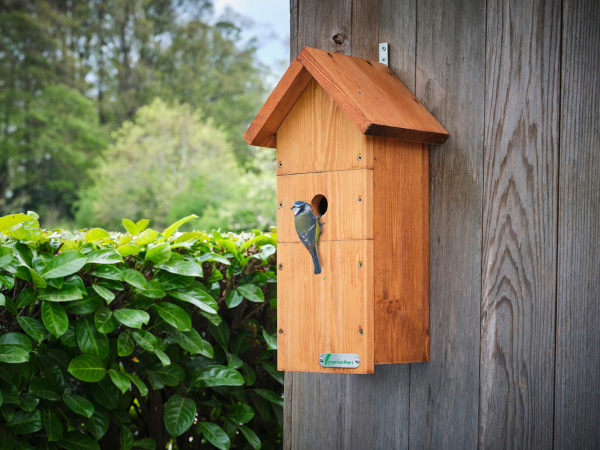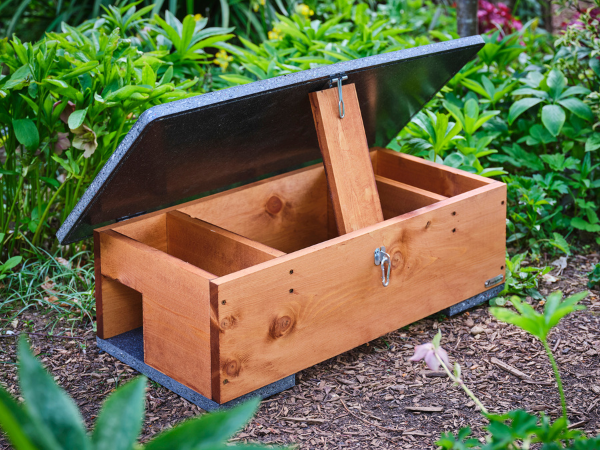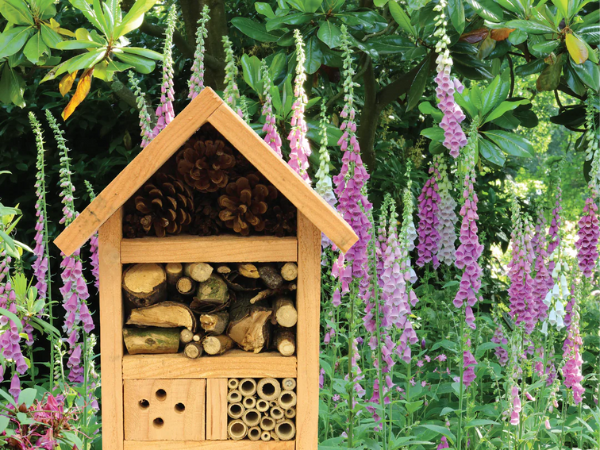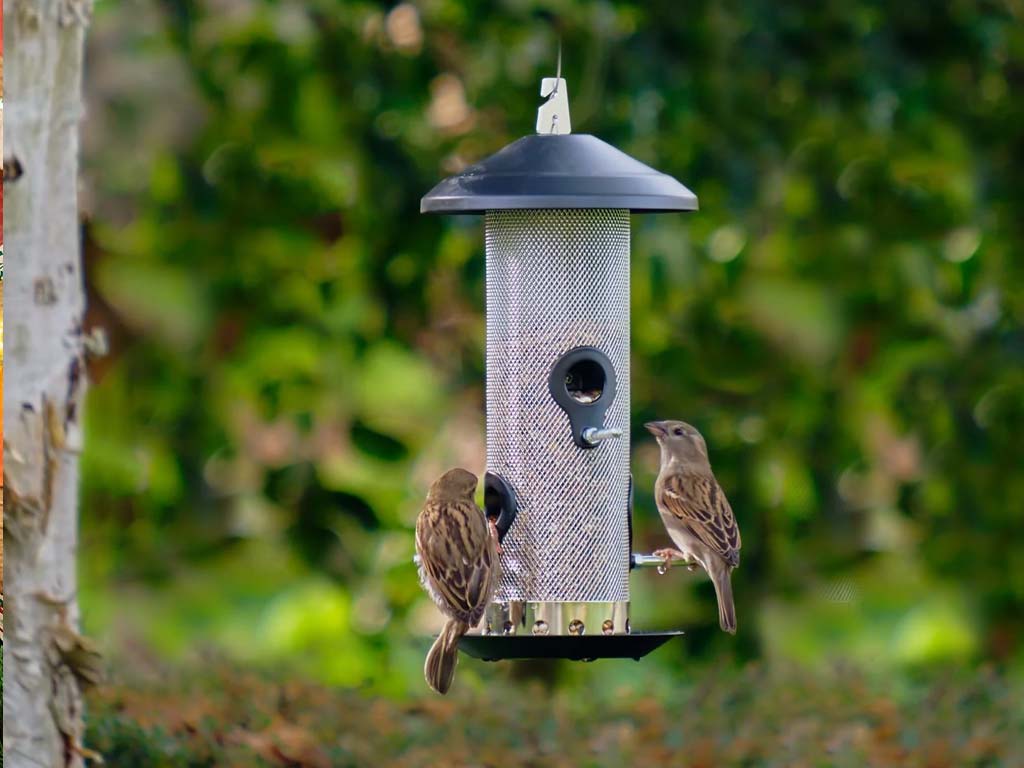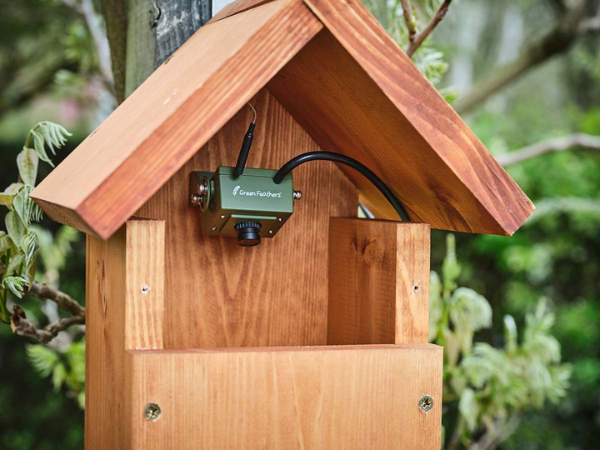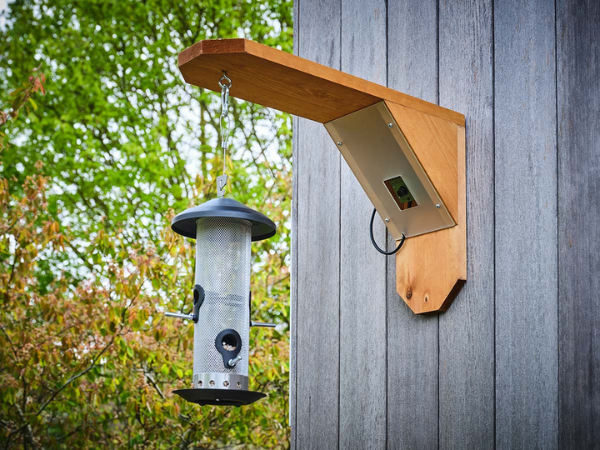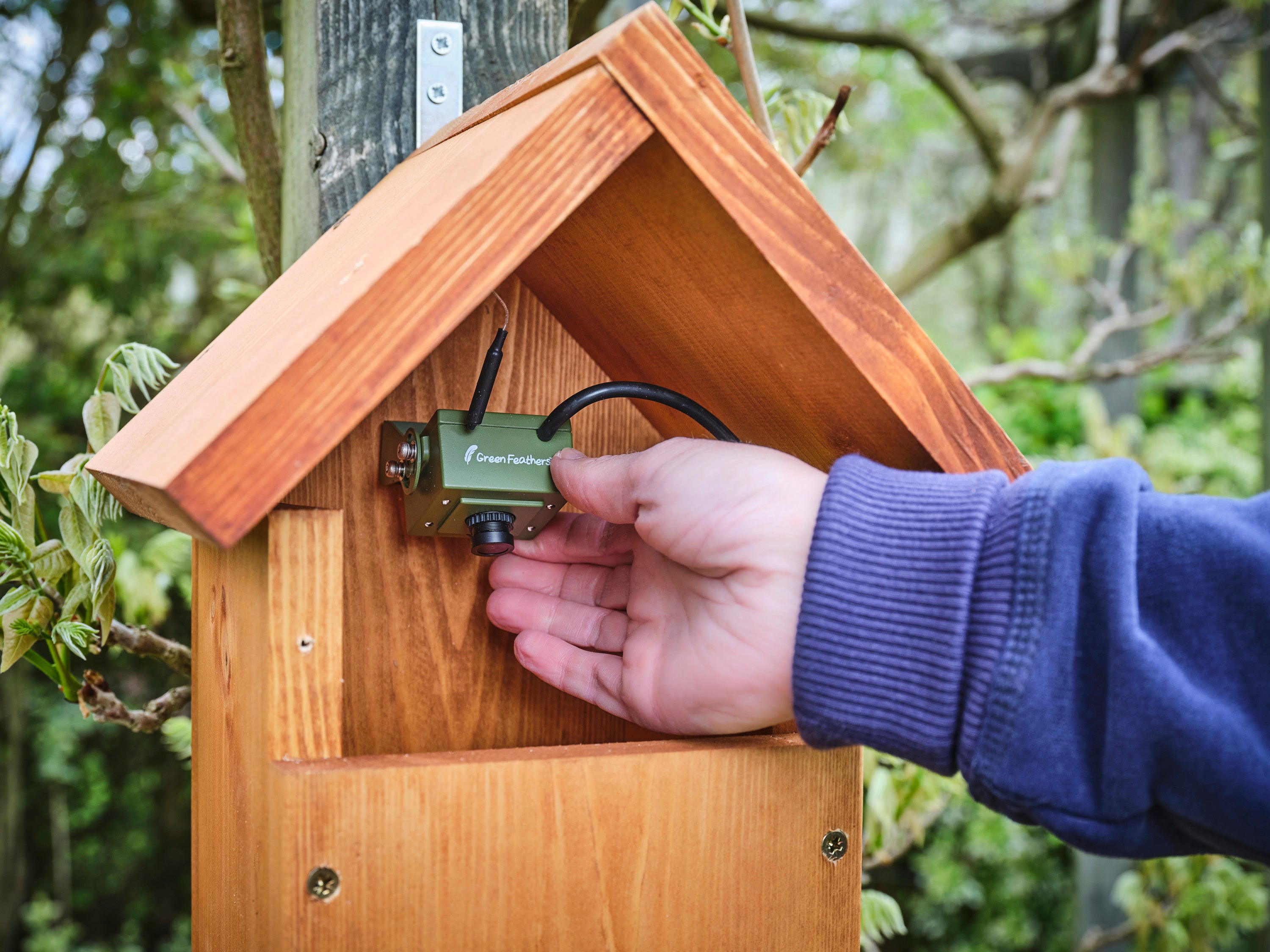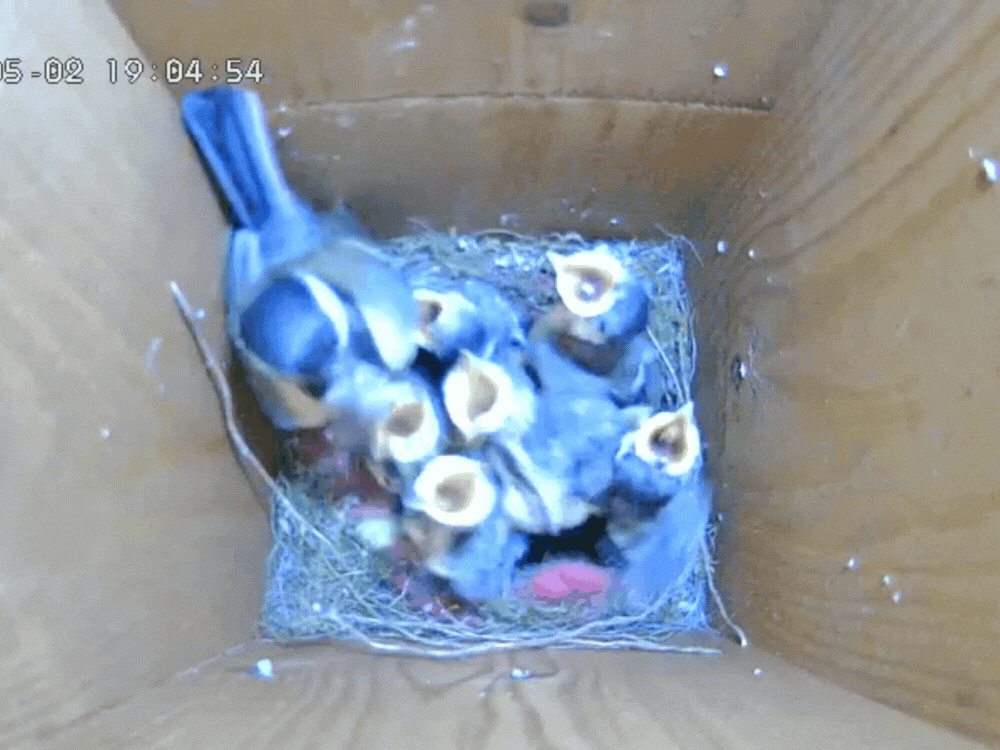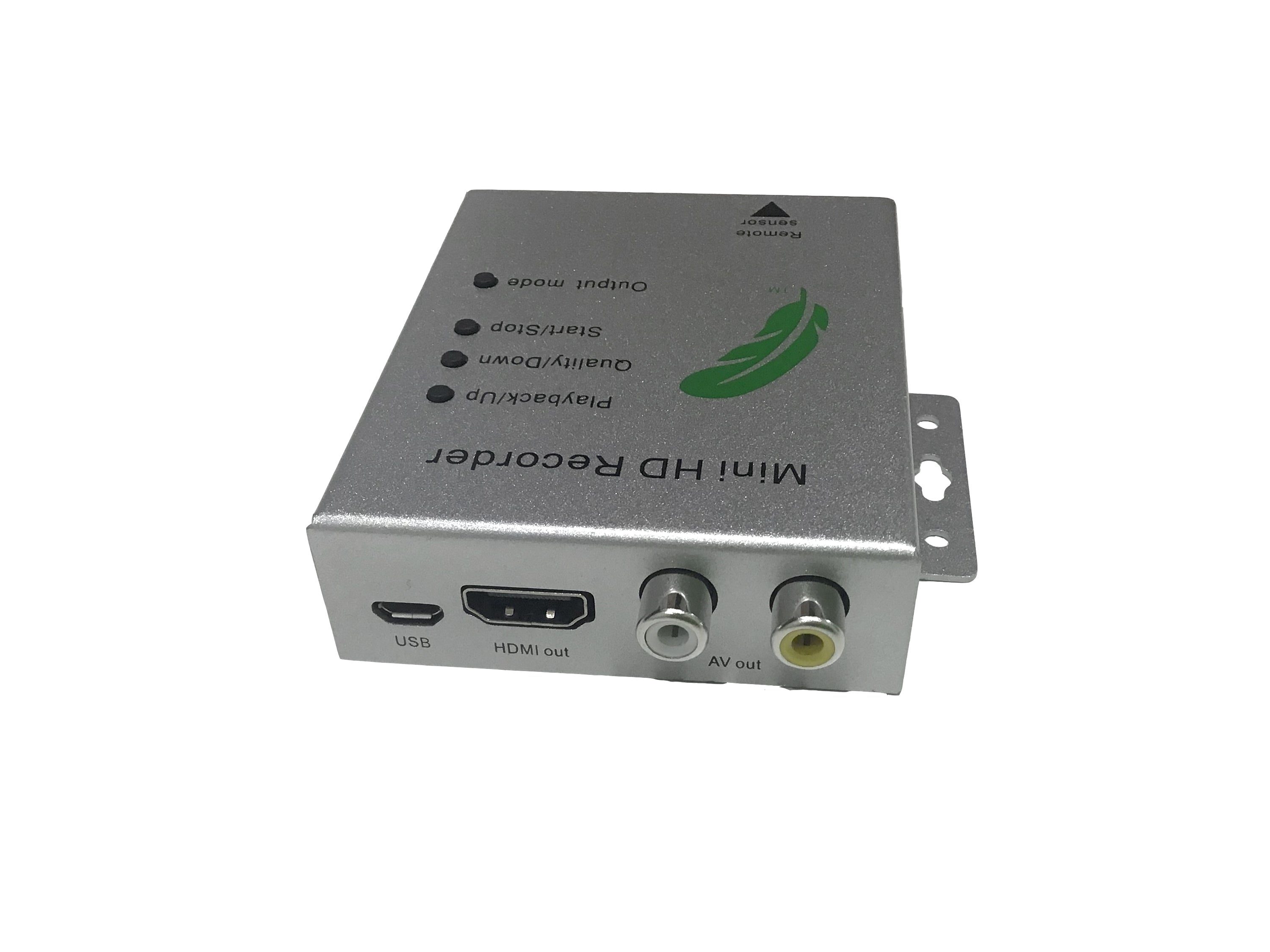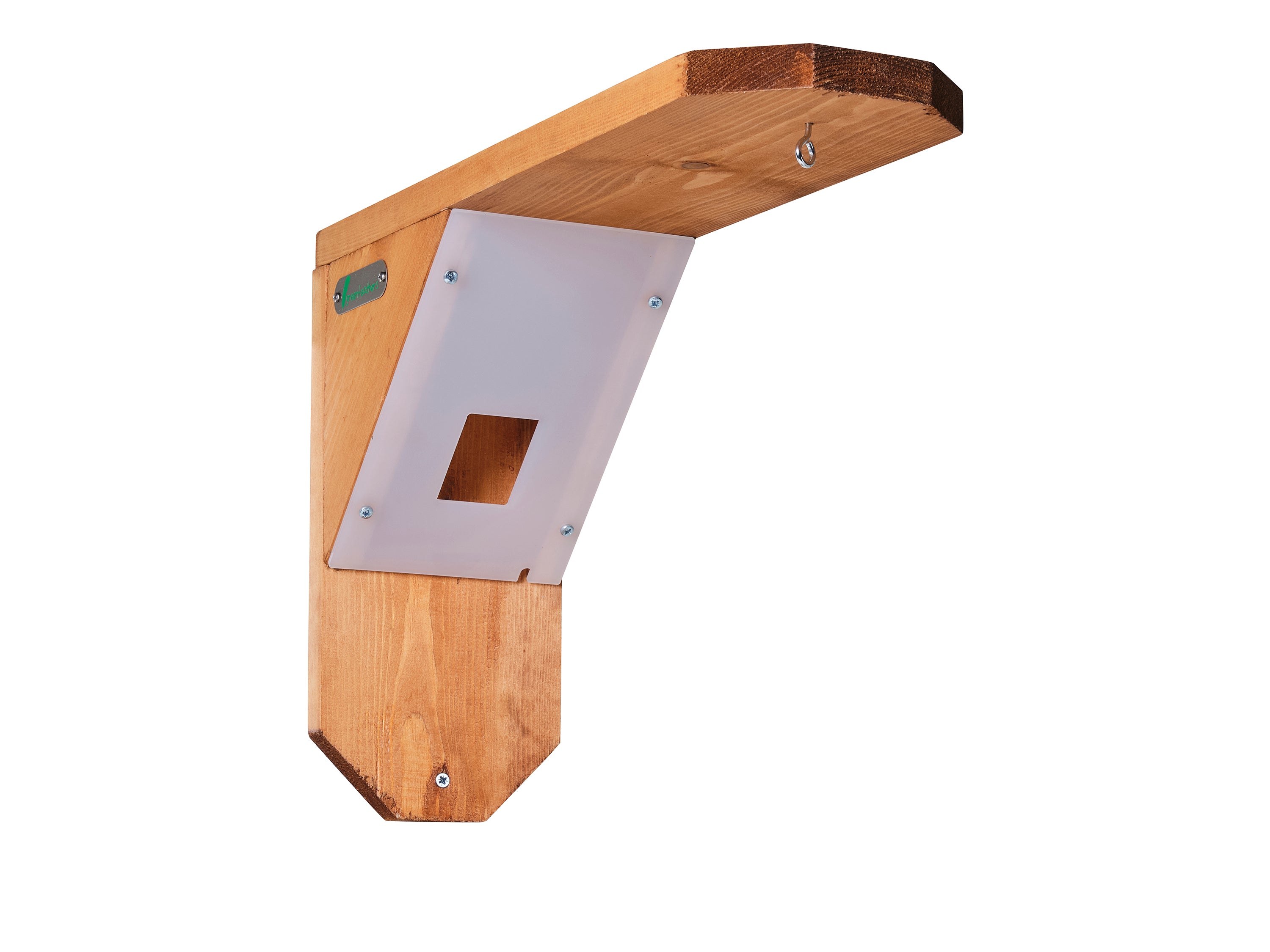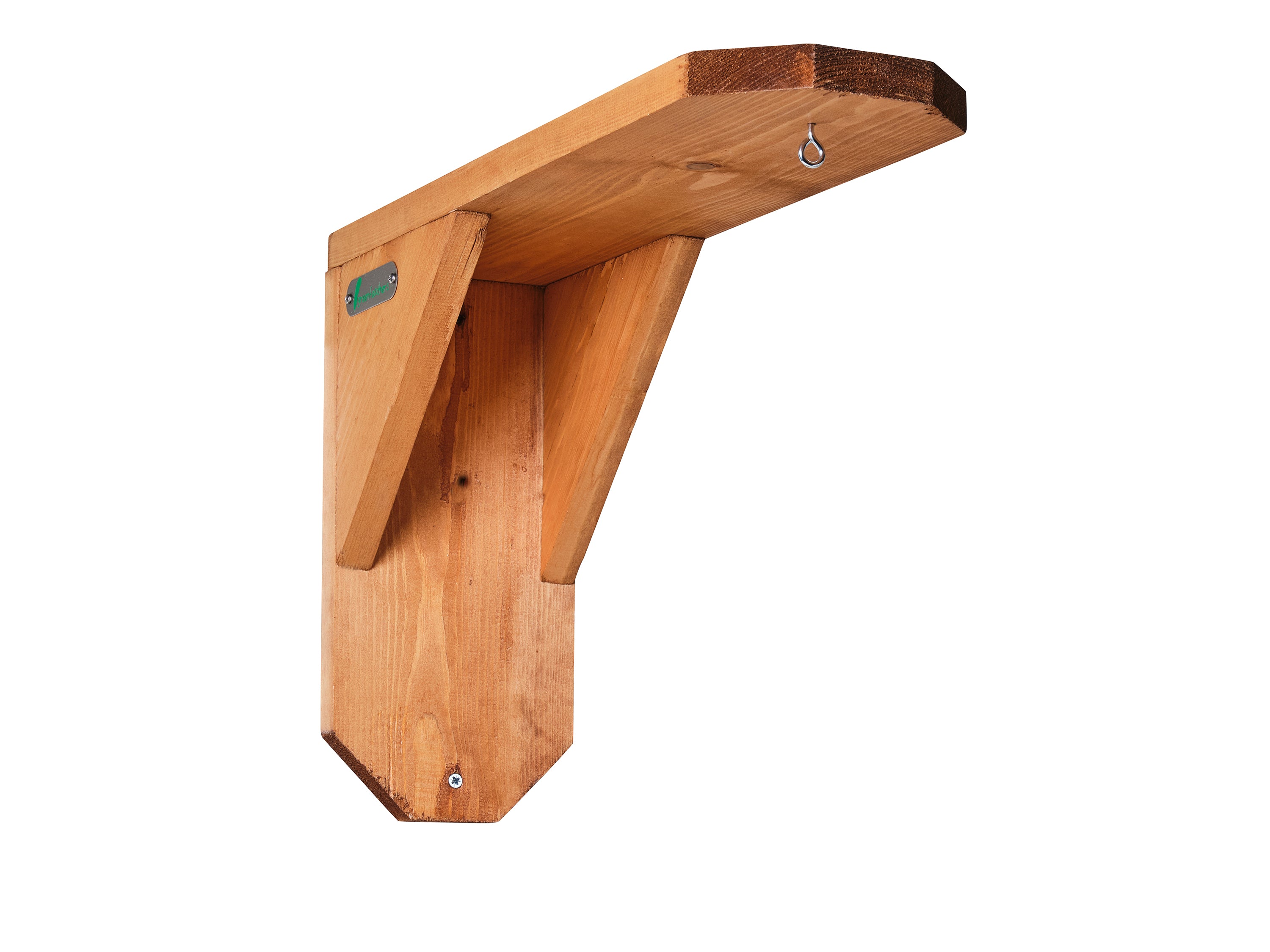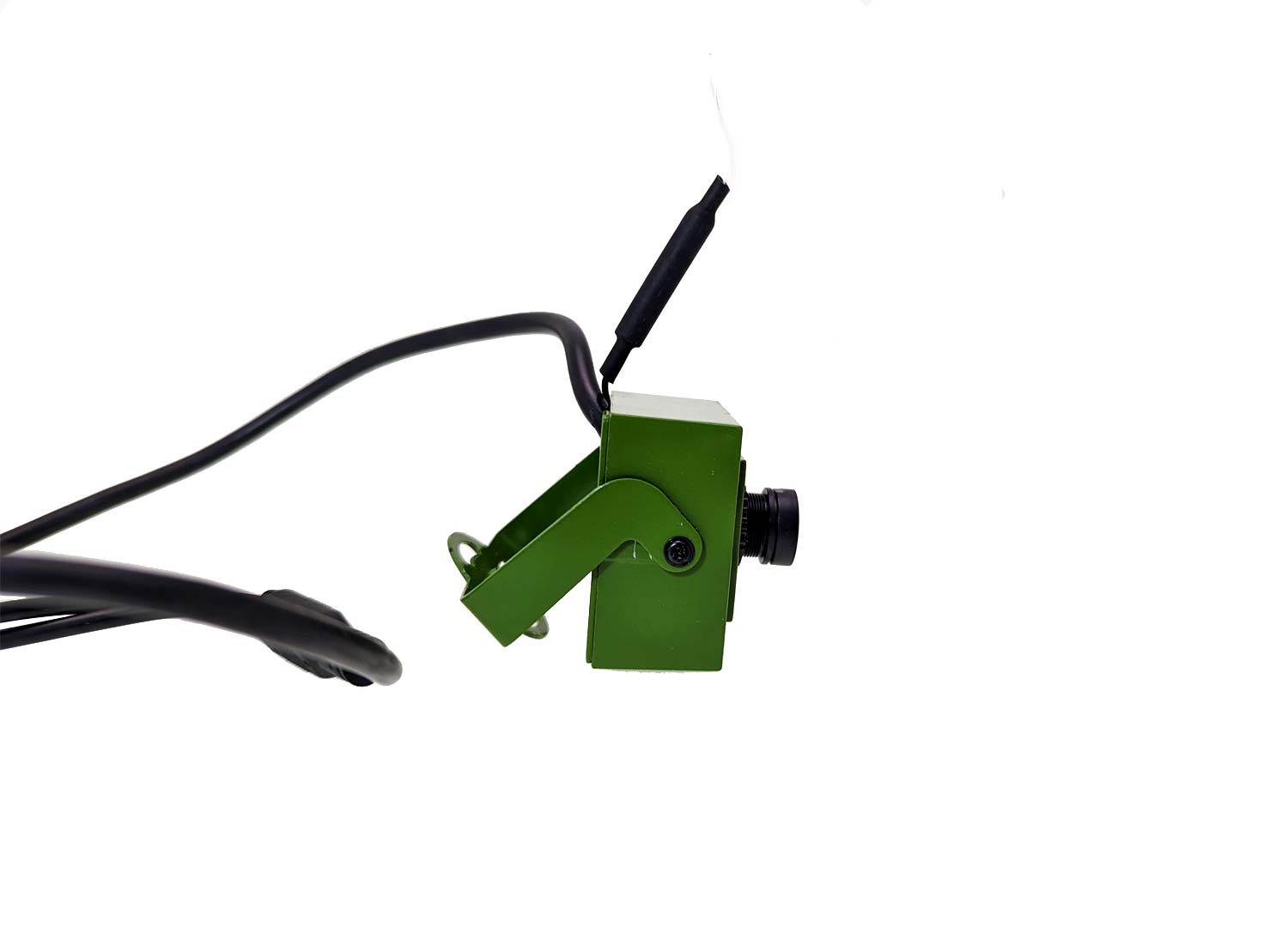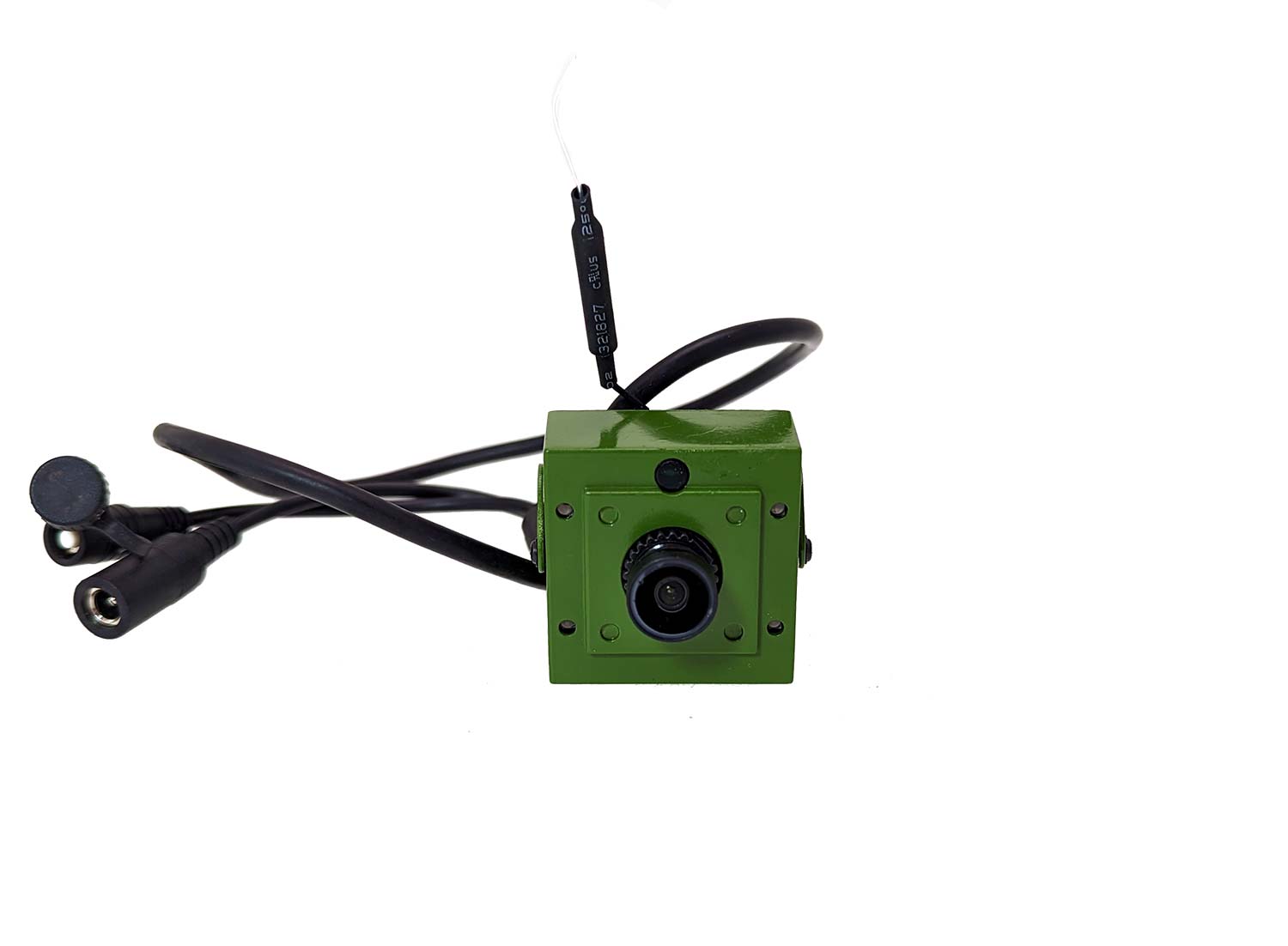As the weather gets colder, hedgehogs in your garden need extra care to stay safe and healthy. Here are some practical steps you can take to ensure these charming creatures are well-protected.
Managing your garden as the seasons change:
Moving into autumn means you may be planning on clearing your garden of fallen leaves, weeds and trimming back woody plants. It is important therefore to be careful of where you are working as hedgehogs may be hiding in long grass or hedges 1.

You must also be mindful when piling up this garden waste as hedgehogs may wish to use this to hibernate in. If you are intending to leave the cut foliage in a pile over the winter, then great! Choose somewhere sheltered where it won’t get disturbed, and the wildlife will thank you for it. (fun fact: the scientific name for a place of hibernation is a hibernaculum!)
If you did want to clear your garden of any waste build up, make sure to do this promptly, before hedgehogs have a chance to use it to sleep or hibernate in, as you want to limit disturbance as much as possible 1.
If, you are keeping any wood to burn, make sure to store this in a secure location like a shed or raised platform, away from where hedgehogs might roam. If you are having a bonfire, set it up on the same day you intend to burn it, to stop hedgehogs moving in during the night. It is also a good idea to light the bonfire from one side, to allow any animals the chance to escape 2,3.
How to help the Hogs:
Aside from these gardening considerations there are a few helpful provisions you can make for your local hedgehogs to see them through the colder months.
The first thing to think about is creating some hedgehog highways. Hedgehogs can travel up to a mile each night in search of food and mates. If you don’t have any easy access points, help them move safely between gardens by creating small gaps (13x13cm) in fences or walls. This will allow them to roam freely and find the resources they need 1.

Providing food and water for your local hedgehogs is also helpful and can attract them to your garden! Suitable food includes meat-based kitten biscuits or wet cat/dog food. You can also purchase specialised hedgehog food but make sure to check their quality as these foods are not regulated. Avoid milk or bread which is harmful to hedgehogs and keep food and water in separate, shallow dishes so they can be accessed easily 1,4.
If you find that your offerings haven’t been eaten overnight, make sure to remove anything that can go off, replacing it with fresh food for the next evening. Research indicates that providing supplementary food is increasingly beneficial when feeding spots are unpredictable, this can mean scattering food around the garden and changing locations in a way that mimics natural foraging 4.
It is very important to minimise any interaction between hedgehogs and dogs. Dog bites can easily cause injury or death. If you are having a problem with pets eating your hedgehog’s food, try protecting it in a brick shelter, with that same 13cmx13cm hole to minimise any stealing 4.
Finally, you may wish to add a hedgehog hibernaculum to your garden! When doing this it is very important to keep any supplementary food for your hedgehogs separate from the hibernation area. If you are thinking about adding a hibernaculum to your garden, please check out our blog post on how best to do this, as well some DIY tips for how to build your own out of bricks or wood 1.
If you would like to browse our Hedgehog habitat range, they can be found here.

Monitor Your hedgehog’s Health:
If you find a hedgehog out during the day it may in trouble. Some signs of illness or injury include visible wounds, wobbling movements, lethargy or an inability to roll up. If you do find an ill or injured hedgehog, please use gardening gloves or a towel to pick it up. Gently place it in a high-sided box with a blanket or towel to keep it warm.
If the weather is particularly cold you may wish to wrap a (warm) hot water bottle in a towel in the box as well, but please allow a space for the hedgehog to move away if it gets too warm, and don’t let the bottle become cold, as this could harm the hedgehog further. If you have suitable food for the hedgehog this can be useful to offer the hedgehog also 5,6.
Once you have set the hedgehog up in its box make sure to keep this in a quiet, dark place away from any household pets and other disturbances to limit stress as much as possible and seek professional help as soon as you can. This can be in the form of a vet, local wildlife rehabilitator or the Hedgehog Preservation Society 6,7.
References
- https://www.rspca.org.uk/adviceandwelfare/wildlife/hedgehogs/garden
- https://blog.omnioutdoorliving.com/how-to-store-firewood-the-best-tips-for-dry-and-efficient-burning/
- https://www.wildlifetrusts.org/actions/how-check-your-bonfire-hedgehogs
- https://www.bbowt.org.uk/actions/what-feed-hedgehogs-and-badgers?gad_source=1&gclid=Cj0KCQjwjNS3BhChARIsAOxBM6q-KH9ZdqdRpP-5jdFVPdWnFnT4dg8P3i_71NY8OeWTg4KHgtySzVoaAntTEALw_wcB
- https://www.rspca.org.uk/adviceandwelfare/wildlife/hedgehogs/injured
- https://www.britishhedgehogs.org.uk/found-a-hedgehog/
- https://www.vets-now.com/pet-care-advice/found-an-injured-hedgehog/

